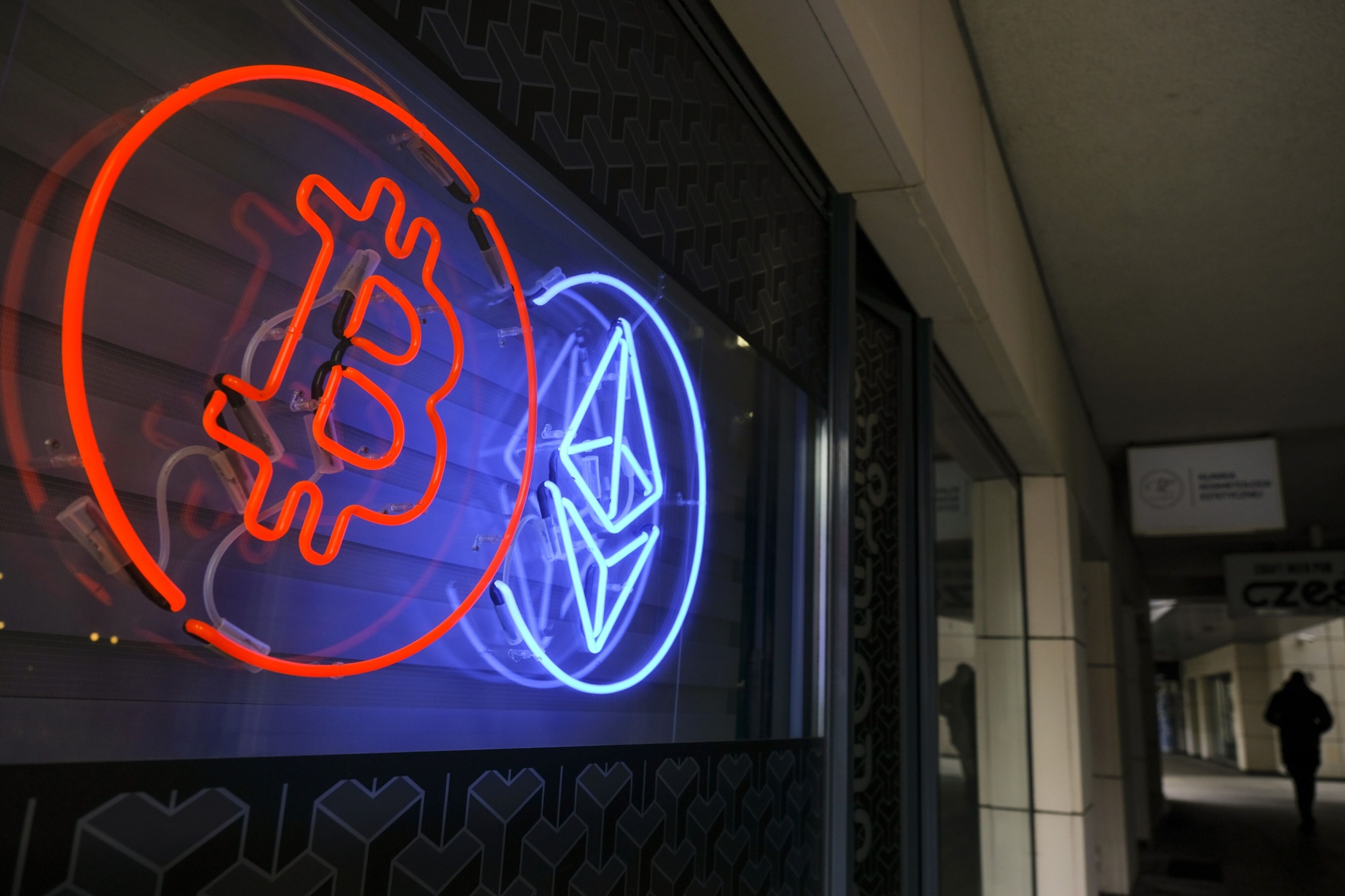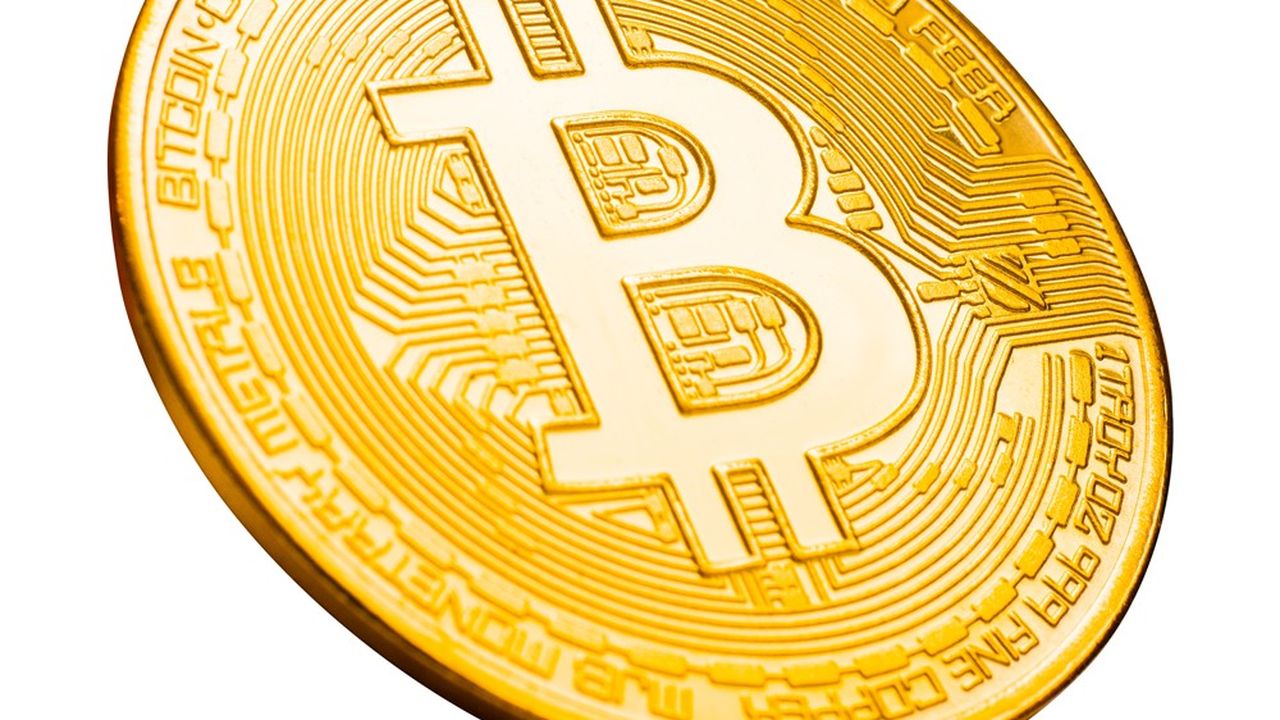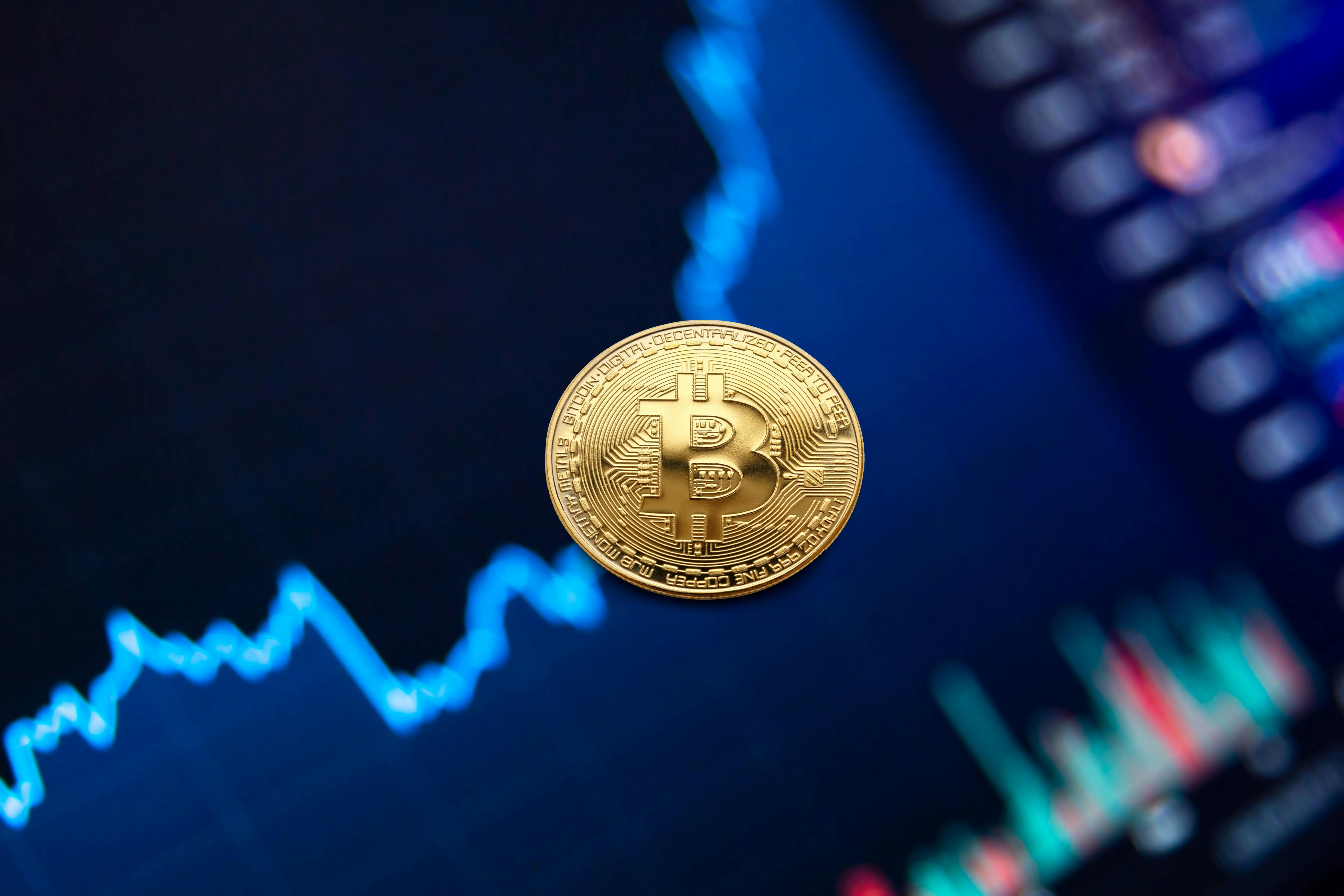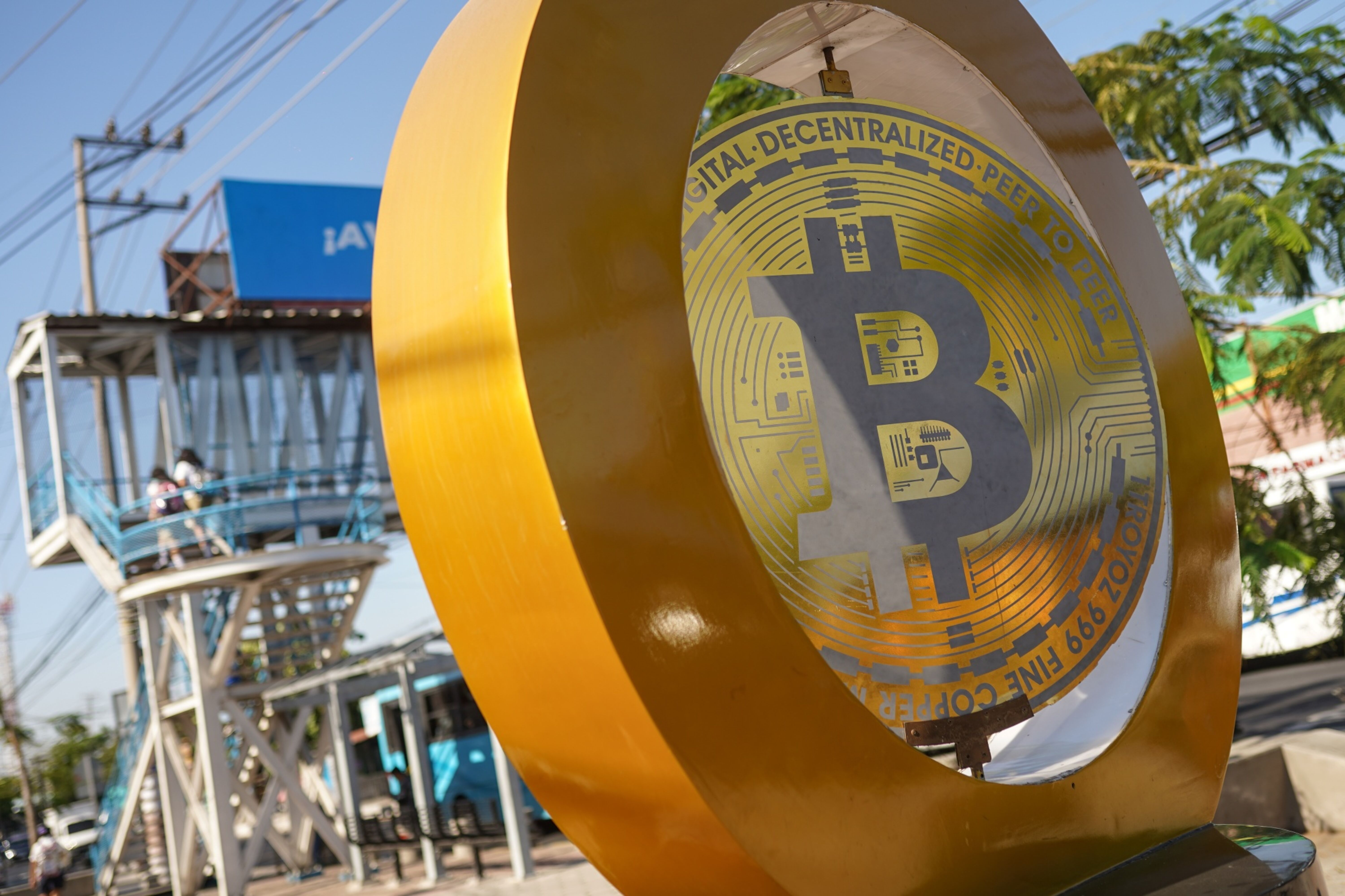Summary Do not confound FTX's failure with protocol failure. Lending out user deposits, over-leverage, and poor tokenomics are at the root of the current contagion. "The time to buy is when there's blood in the streets." BlockFi is the latest domino to fall in the FTX (FTT-USD) contagion saga with its recent Chapter 11 filing. How far will this contagion go and is the crypto market dead? The purpose of this article is to cut through the noise and provide an analysis of how this happened and where the industry goes from here. To begin with, the crypto market unraveling tends to validate one’s presuppositions about the industry. The truth is somewhere between “it’s all a scam” and “this is why we need Decentralized Finance (DeFi).” If you purchased $100 of Bitcoin ( BTC-USD ) for every crypto obituary published in the mainstream financial media, you would be wealthy enough to not care about what is written here. However, let’s also not forget that the collapse of the algorithmic stablecoin ecosystem of Terra Luna ( LUNC-USD ), with a market capitalization of $34.8 billion and a total value locked of over $20 billion across multiple decentralized product offerings, precipitated the events we see today. Centralized Finance Is Broken Centralized Finance, or CeFi, is the business model of using traditional banking practices with crypto assets. The most common practice involves lending out customer crypto deposits to generate yield for the financial service provider and the depositor. BlockFi, FTX, Voyager (VYGVQ), Celsius (CEL-USD), Babel Finance, and Three Arrows Capital all filed for bankruptcy this year. These collapses highlighted the incestuous relationship between yield bearing CeFi providers, firms that borrowed from them to trade with leverage, and even exchanges that took leverage on a functionally make-believe asset in the case of FTX and its token, FTT. Aside from Three Arrows Capital, it appears that every other bankrupted institution above may have been lending out customer deposits. Any asset that regularly trades at volatility levels above eighty percent should not be traded with leverage or lent out. For reference, the S&P 500’s volatility historically hovers between ten and twenty percent. If this structure was built around real-time priced equity in early-stage startups, the result would have been the same. Unfortunately, forced selling and terrible sentiment leading up to the Chapter 11 proceedings have been a drag on crypto prices. What About Bitcoin and Ethereum? Digital assets were created to not have to trust institutions like BlockFi and individuals like Sam Bankman-Fried. Despite the collapse of the surrounding architecture mentioned above, Bitcoin is still producing blocks every ten minutes. Ethereum-based ( ETH-USD ) smart contracts are still operating in the same manner as when they were deployed. People are still spending $1 million on Bored Ape Yacht Club NFTs to party with celebrities at next year’s Apefest. Protocols and self-custodied wallets are working just fine. If one must generate yield, do it on-chain without a counter party. For most, holding the bearer asset or settlement layer should be sufficient. If one does not trust in their ability to self-custody crypto assets, use transparent exchanges like Coinbase ( COIN ) or preferably one with proof of reserves like Kraken. Many are throwing the baby out with the bathwater by treating FTX and Bitcoin as the same thing. I consider that a buying opportunity. Does Crypto Even Have Staying Power? This is what you must fundamentally believe to buy BTC and ETH at these levels. To answer the question, let’s separate the technological use case from the investment case. On the technology front, I believe that billions of dollars of trading volume is evidence enough of product-market fit to solve societal needs of decentralized money, decentralized financial architecture, and P2P creative expression through Non Fungible Tokens. I also believe that blockchain will serve as the backend to an immersive, ownable, and interoperable metaverse within the next ten years. On the investment front, a picture is worth a thousand words. Have we entered a new paradigm of monetary and fiscal discipline? I believe the answer is no. The current liquidity crunch is a blip in the history of the Fed balance sheet's never ending expansion, and money printer go brrr is the only play in the Fed’s playbook to stave off economic recessions until Central Bank Digital Currencies allow for targeted stimulus or unless Jerome Powell is okay with spiking the global economy with a great depression-like restart. Owning scarce assets is what matters in this context. No counterparty risk is also a plus. Fed balance sheet (tradingview.com) Conclusion If crypto indeed has staying power, then market overreactions to the downfall of flawed business models built around these assets are buying opportunities. Bitcoin did not budge at the BlockFi bankruptcy announcement and is now, in fact, trading 4.5% higher. I believe that the worst is priced in and now is a time to consider opening or adding to a position. Un-levered, blue chip crypto assets still have a role to play in a diversified portfolio.




















